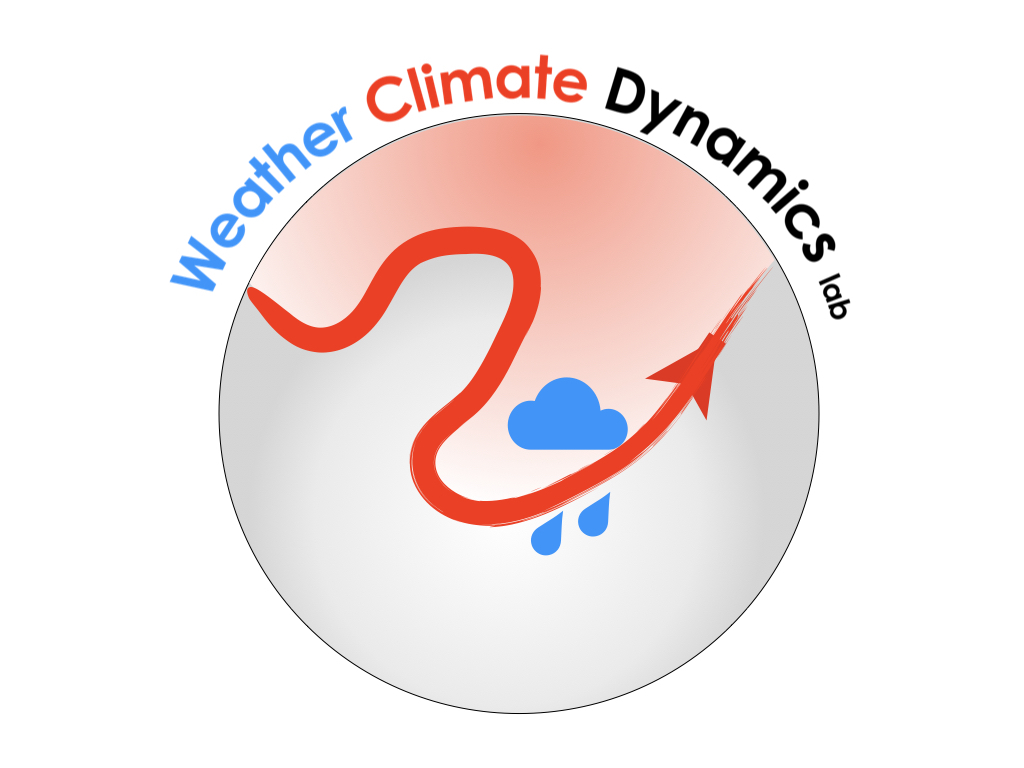Quasi geostrophic model
Contents
Quasi geostrophic model#
Model#
The two layer quasigeosthropic equations are as following:
In the Barotropic vorticity equation we used \(\zeta = \nabla ^2 \psi\) to relate the vorticity with the stream function. In the two layer QG model the vorticity can relate as:
Where \(F_1\) and \(F_2\) are defined as:
Where \(L_d\) is set as the Rossby radius deformation. In order to solve equations (30) and (31) we need to invert expressions (32) and (33). This can be accomplished by seeing this system as a 2x2 matrix, which can be invertible.
As in the Barotropic vorticity equation, we can take advantage of the fourier transform, and set the equations in a fourier space, with this the system (36) yields as following:
From the system (37) we can invert it by taking the determinant. With this we are able to update continuisly both streamfunctions. As always, in order to solve this equations we need initial conditions for our vorticity, with this we are able to obtain the streamfunctions to later on evolve in time the potential vorticity.
Where the \(det=k^2(k^2 +F_1 + F_2)\).
Later on we use third-order Adams-Bashforth numerical scheme in order to time step forwards in time as following:
It is important to clarify that in the firts step we use a first-order Adams-Bashforth scheme or more knows as a forward Euler. In the second step a second-order scheme is used.
At last the small scale dissipation is obtain by using a exponential cutoff filter:
where \(K=\sqrt{(k^2 \Delta x)^2 + (l \Delta y)^2}\) is non-dimensional wavenumber and \(k_c\) refers to the wavenumber cutoff.
